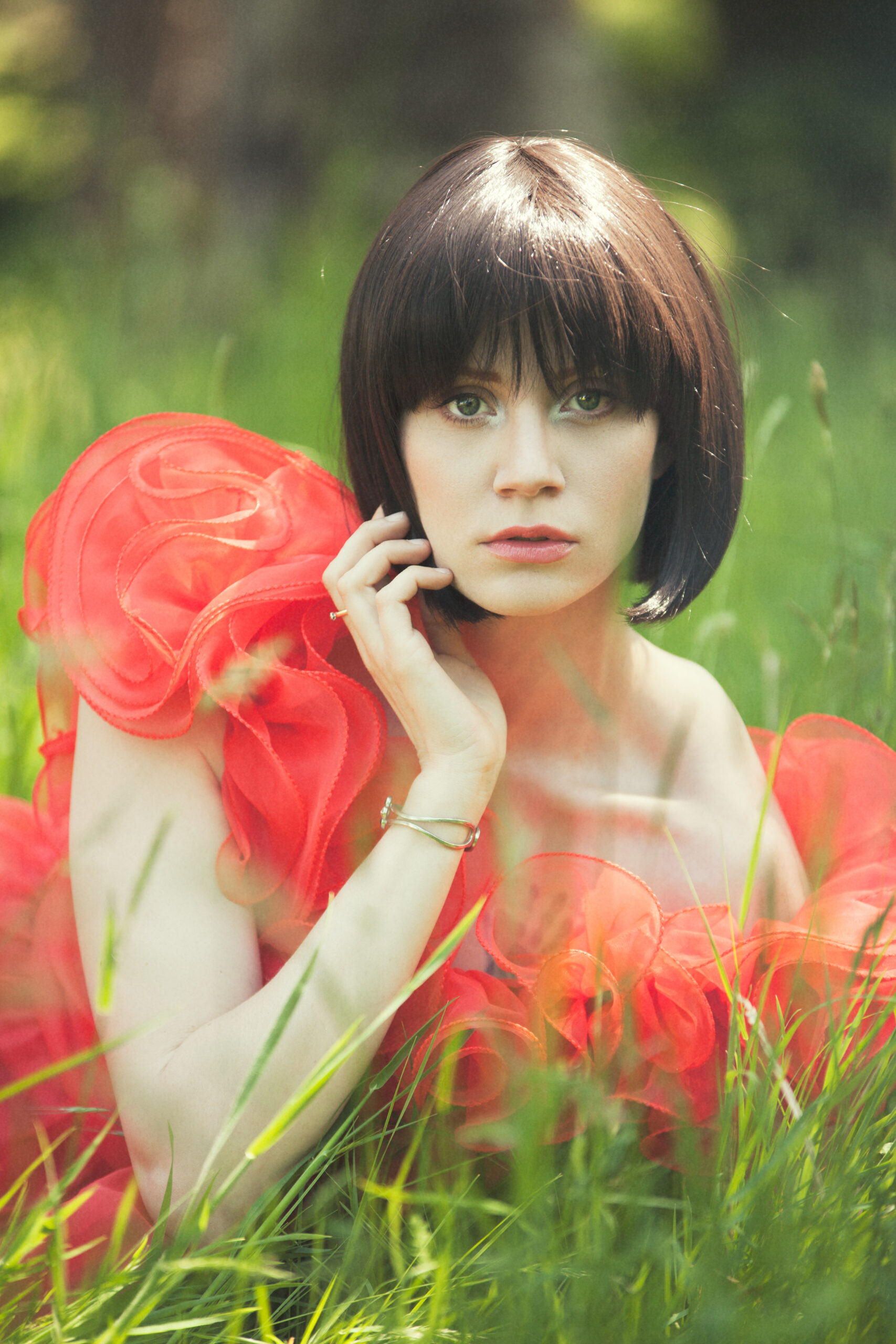
I’ve been shooting portraiture for a while now and there are a few things that I think are important to know, other than how to use your camera! Some of these tips may seem of little importance but, in my experience, addressing them has improved my portraits greatly.
1. Try Not to Over-Expose
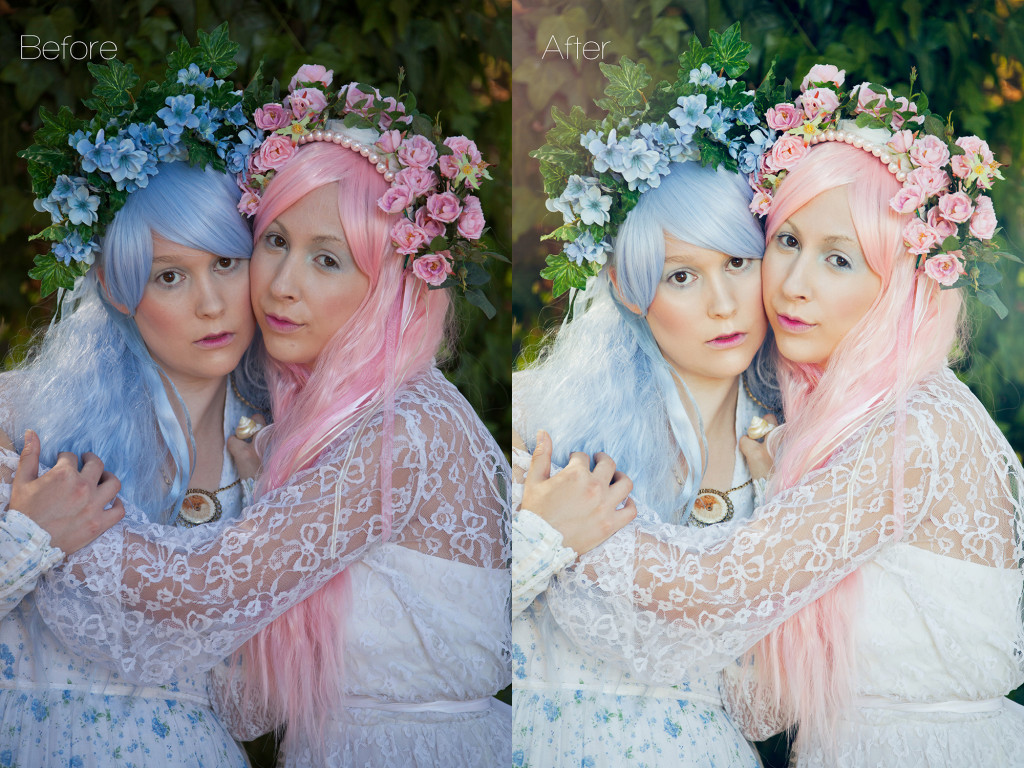
In my experience, it’s much better to underexpose an image than over-expose. You can change the exposure afterwords in Photoshop, but you will have already lost more detail in an over-exposed image and may not be able to bring it back. If in the end you want your image brighter but have a tendency to go too far, just underexpose and achieve your desired exposure in Photoshop.
2. Talk to Your Client
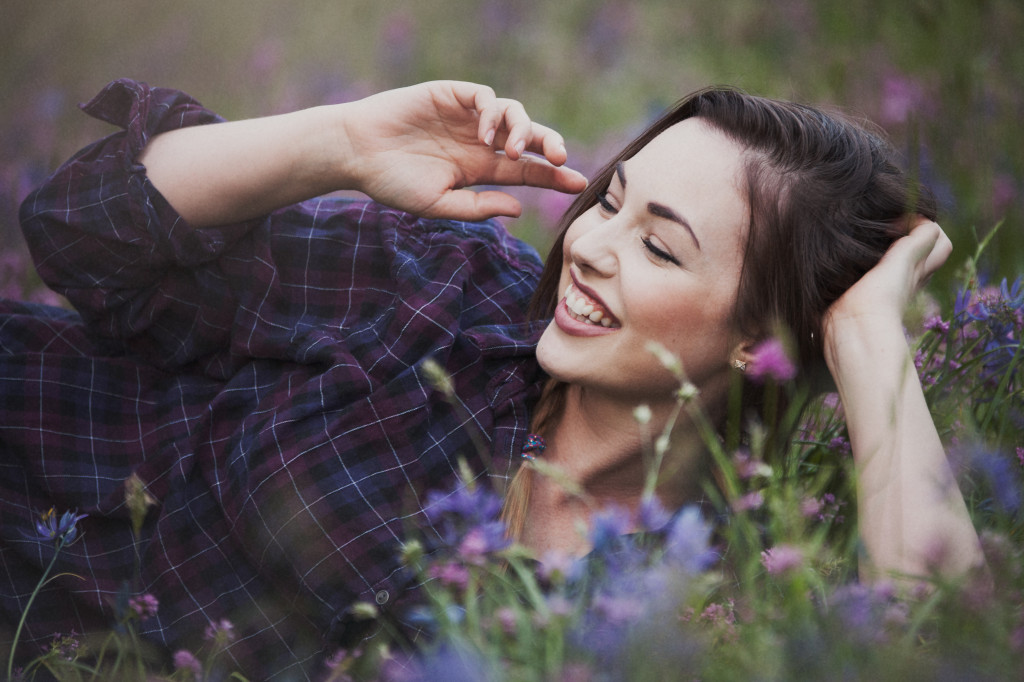
Of course you’ll want your shoot to go smoothly, and to make this easier you need to make sure that your subject is comfortable! To avoid stiff and awkward images, talk to your subject, and not always with the camera in front of your face. Compliment them on their outfit choice; let them know that they’re photogenic. When they’re making progress in the shoot, inform them of that!
3. Make Sure Nails are Groomed
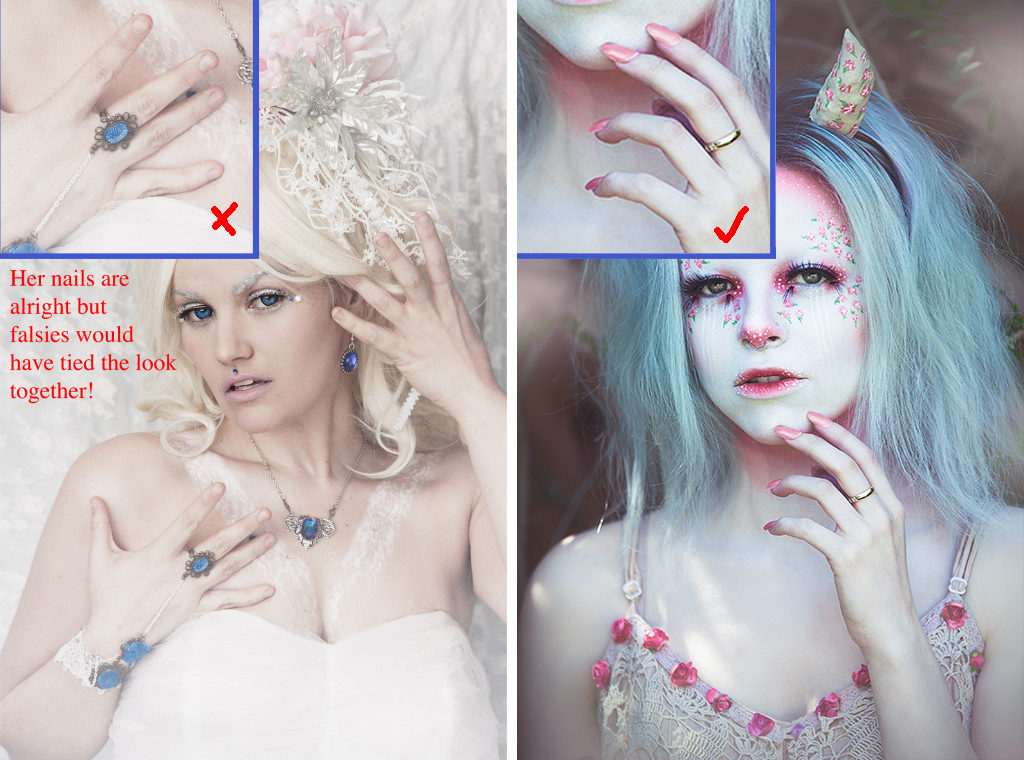
“Groomed nails? What are you talking about Sarah? That just sounds weird. I’m not going to tell my client that they have to groom their nails.” Well, I have been on many shoots where everything else has turned out perfectly, but in the images the model’s nails are chewed up or have nail polish that has partially worn off not having been prepared. This is a pet peeve of mine. I know that I don’t always have control over this, but I find that it can really take away from an image. You can let your client or model know that its a good idea to make sure they have groomed or polished nails, or you can keep some falsies and nail glue as a part of your kit! It’s such a great quick fix and your client will appreciate the advice once you show them the finished portrait.
4. Understand Light
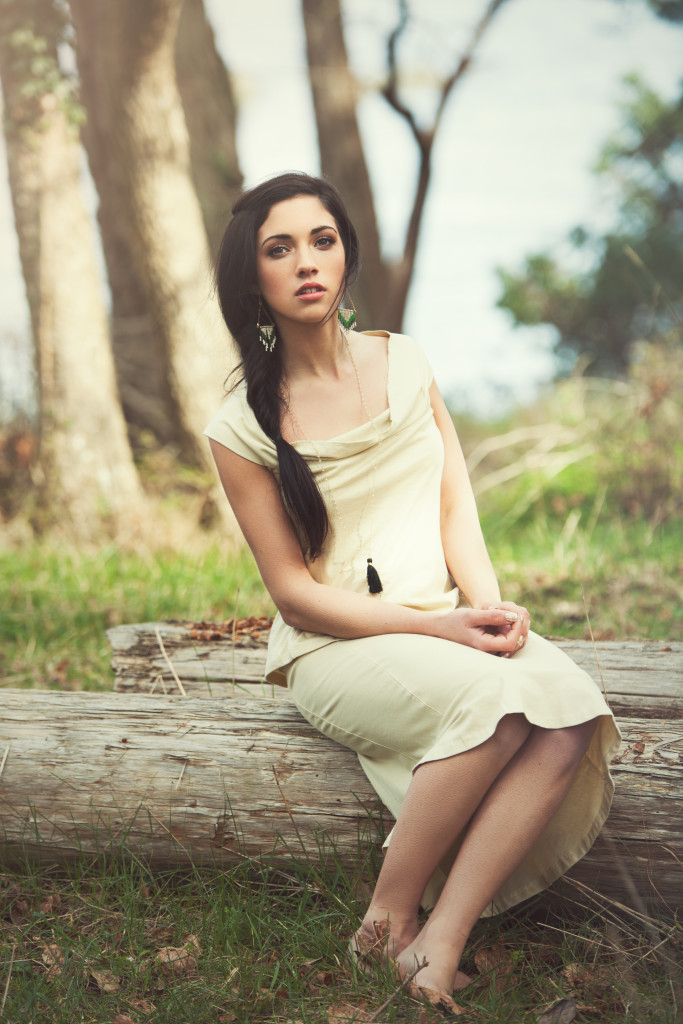
Light is your best friend! As a natural light photographer, I’m completely reliant on what light the sun provides me. Some people are great with studio light and can manipulate it wonderfully. The same can be done with natural light. You want a fair amount of light to be on your subject but, at the same time, it’s better if the light is diffused. Harsh lighting, like direct sunlight, can be unflattering for a portrait, so you’ll want to understand how you can diffuse it. You’ll also want to know how to reflect more light onto your subject if needed. Tony and Chelsea have an entire video that goes over the basics of natural light!
5. Be Aware of Your Background

Pay attention to what’s going on behind your subject because you don’t want to discover while sifting through your images that there are distracting things in the background. It could be a sign, other people, or a pole coming out of your subject’s head. This can be especially important if you’re doing a period themed shoot and the buildings or vehicles don’t match the era.
6. Use a Shallow Depth of Field

Keep your depth of field low (wide aperture). This keeps the focus on your subject and blurs out everything else.
7. Learn How to Pose Hands
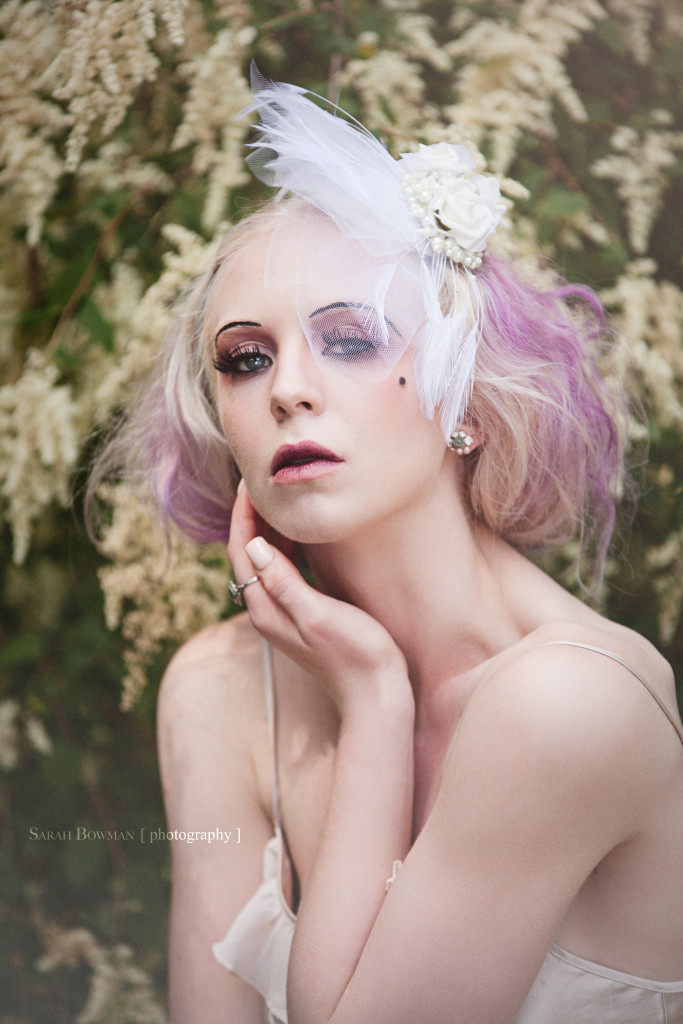
Hands can be awkward to position, so learn how to pose them naturally. Do some research or even keep a pose book handy.
8. Change Perspective
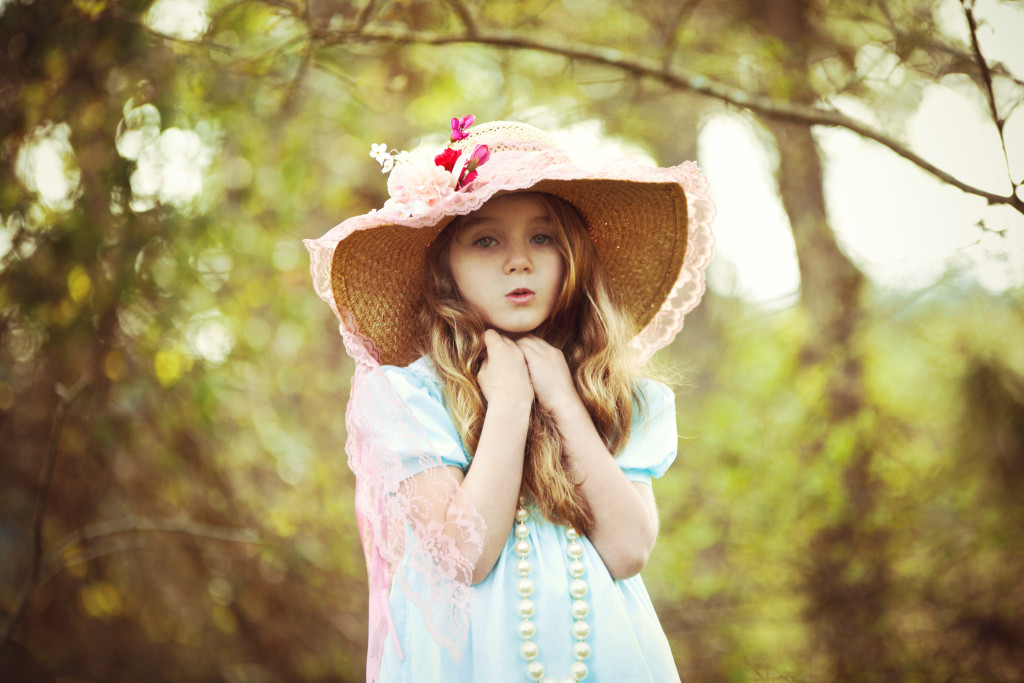
Change your perspective. Try taking pictures at different levels. This normally applies to children because you don’t want to only take pictures of them looking up at you, and it can make them feel more comfortable if you go to their level. Also try the opposite with adults. Get them to crouch or sit, and try taking pictures from above.
9. Careful When Retouching Skin
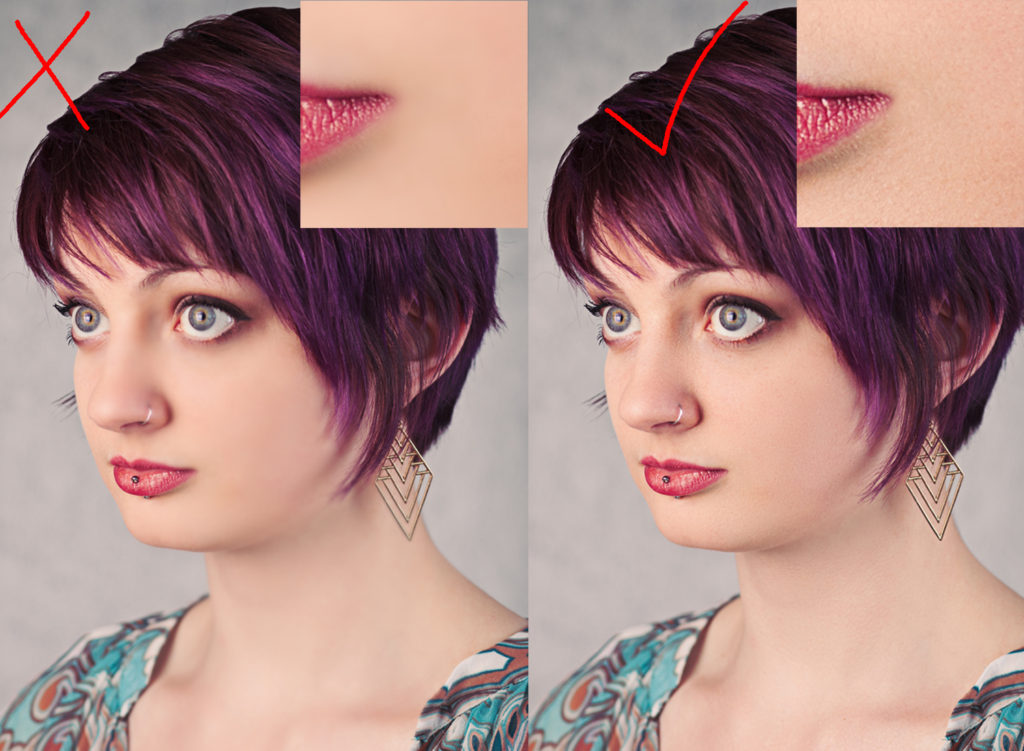
Don’t get carried away when editing skin. You all knw what I’m talking about! We’ve all seen skin that’s been blurred or shopped so much that it no longer looks natural and has lost the detail. Texture in skin isn’t bad! If you’re unsure if you’ve crossed the line, ask someone else for their opinion! This brings me to my last tip.
10. Ask for Criticism
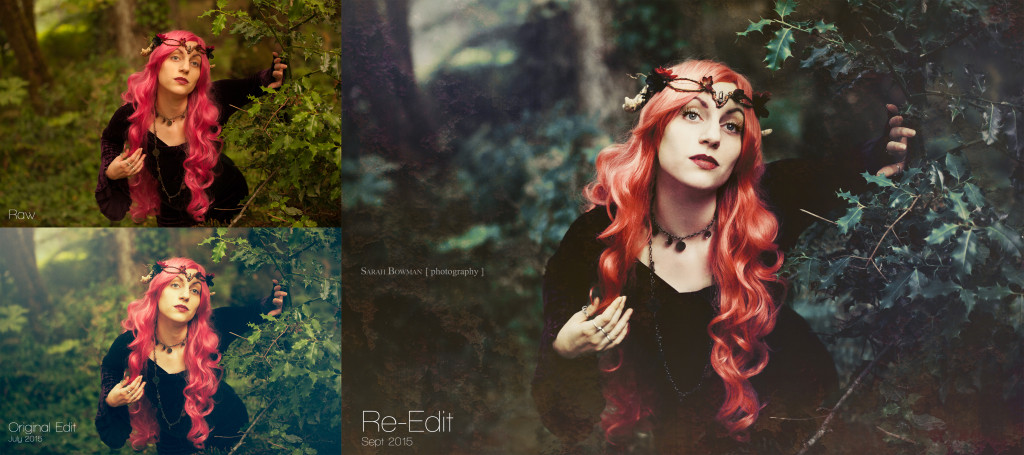
If you’re wanting to grow as a photographer then you should be willing to understand where you can improve. Become a part of photography related groups and post your work, asking for critique. Try not to take it personally. It was difficult for me when I first started doing that. I would post an image I was pretty proud of and let other photographers tell me what they didn’t like about it. Some of it can be a matter of opinion, but you need to take it seriously. How is one to grow as a photographer if one isn’t willing to take others’ advice?
~Sarah Bowman
Read all Sarah’s previous blog posts here.
Facebook – Instagram – Website – 500px – Website – YouTube – Twitter

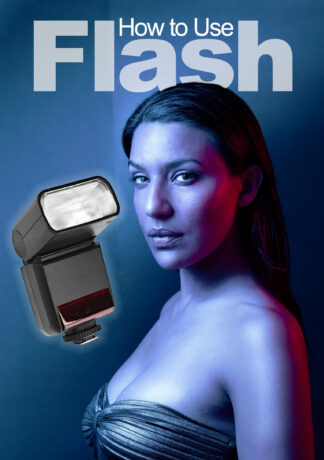

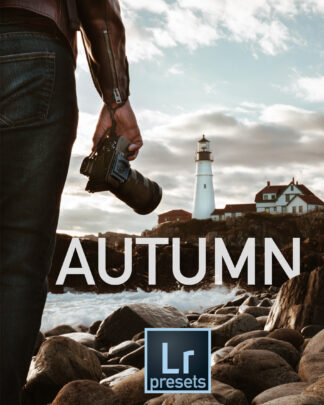
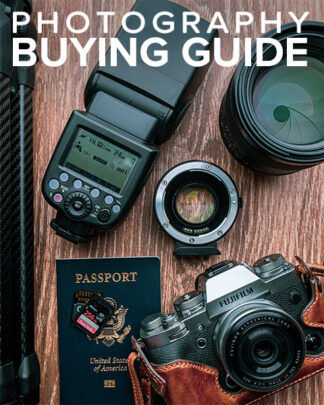
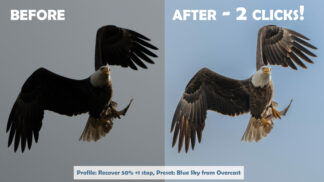
Comments are closed.